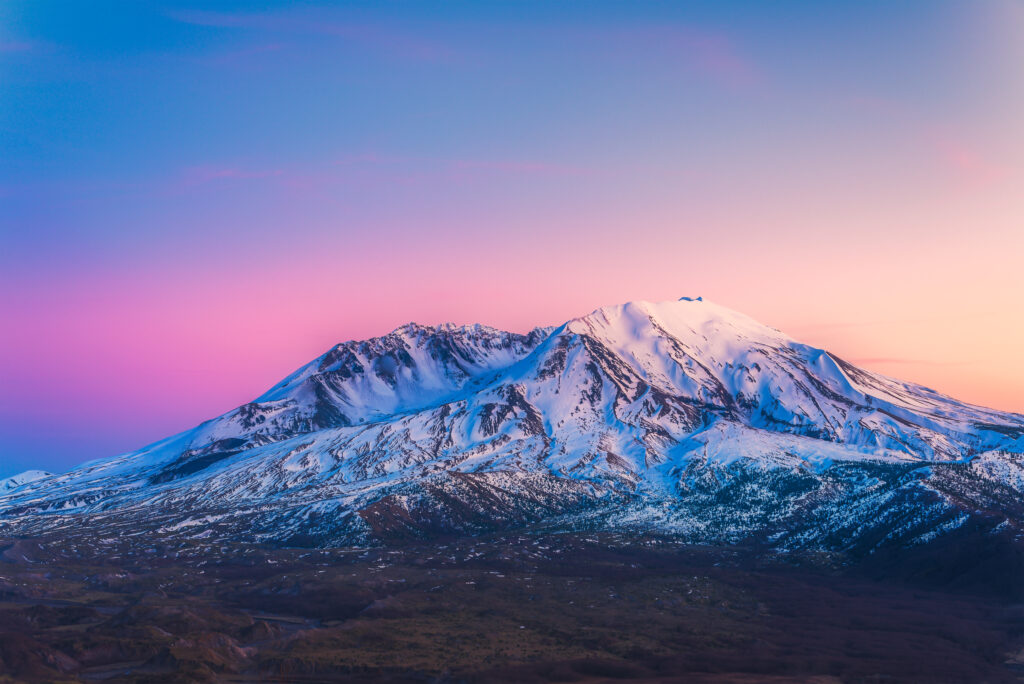On May 18, 1980, the tranquility of Washington state was shattered when Mount St. Helens erupted in a cataclysmic display of nature’s power. The blast, one of the most devastating in U.S. history, claimed 57 lives and caused an estimated $2.7 billion in damages.
The eruption spewed a mushroom cloud of ash 12 miles into the sky, darkening the sky over the Pacific Northwest. The enormous lateral blast flattened 230 square miles of forest, while the ensuing pyroclastic flows and lahars (volcanic mudflows) caused widespread destruction and dramatically altered the landscape.
Among the 57 victims were loggers, campers, and a volcanologist, who were all caught in the unexpectedly large blast zone. The eruption’s aftermath was a scene of devastation: thousands of animals perished, homes and infrastructure were obliterated, and fertile lands were rendered barren.
The Mount St. Helens eruption served as a stark reminder of the destructive potential of volcanic activity. It spurred significant advancements in volcanology, leading to better prediction and preparedness for future eruptions. Recovery efforts in the following years showcased the resilience of nature and the human spirit.
Today, Mount St. Helens stands as a testament to the dynamic forces of our planet, a monument to those lost, and a living laboratory for the study of volcanoes and ecosystem recovery.
References:
https://www.history.com/this-day-in-history/mount-st-helens-erupts-2
https://www.nytimes.com/2020/05/18/science/mt-st-helens-eruption.html




